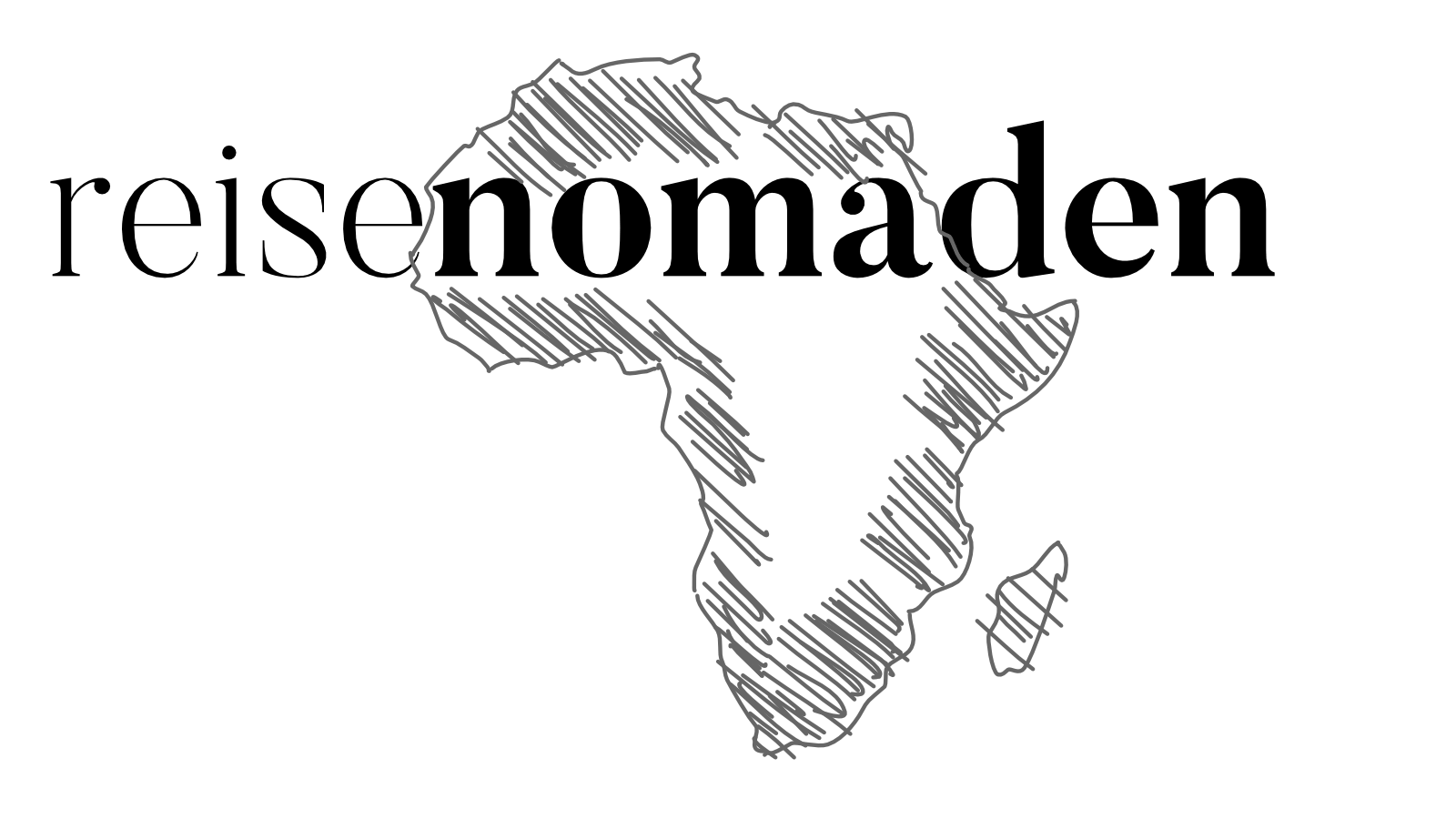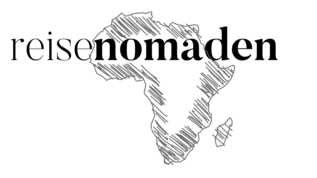After stocking up on fresh food in Komatipoort, we drove to the entrance at Crocodile Bridge. We had never been to this part of the Kruger National Park before. We were still in the last week of the South African Christmas vacation, so we were not surprised that the southern camps in particular were still very busy. With the help of a friendly lady at reception, we finally managed to put together a nice route in the southern part of the Kruger National Park. Our base for two nights was the well-known Malelane Camp, near the gate of the same name. We were then able to get a free pitch in Lower Sabie. For the southern part, we had (only) three nights available during this visit.
The south of the Kruger National Park has few animals
No, we stand corrected. The south of the Kruger National Park is considered to be a region extremely rich in wildlife – the animals have simply decided not to show themselves. The vegetation is varied and there are several loops lasting several hours that are very entertaining to drive. While we had several sightings of rhinos, cheetahs and wild dogs during our visit in 2019, we did not record a single sighting of these species or other predators. On the riverbank, we spotted the usual antelopes alongside herds of buffalo. The number of impala seemed to be extremely high.
The further north we go, the more animals we see
From Lower Sabie, the route led us via Satara to Balule Camp. Balule is a great satellite camp that is managed in Olifants. This camp is so minimalist that it doesn’t even have solar power and the toilets and showers are lit by lanterns from dusk. From Balule, we drove along side roads to Tsendze Rustic Camp – by far our favorite camp. We stayed here for three nights and spotted another Tusker and our first lions that weren’t hiding in the thicket. The highlight for us, however, was a hyena den that was close to the road and allowed us to stay there until shortly before closing time. The den was only 3 km from Tsendze and so we were alone with the family for at least 20 minutes.
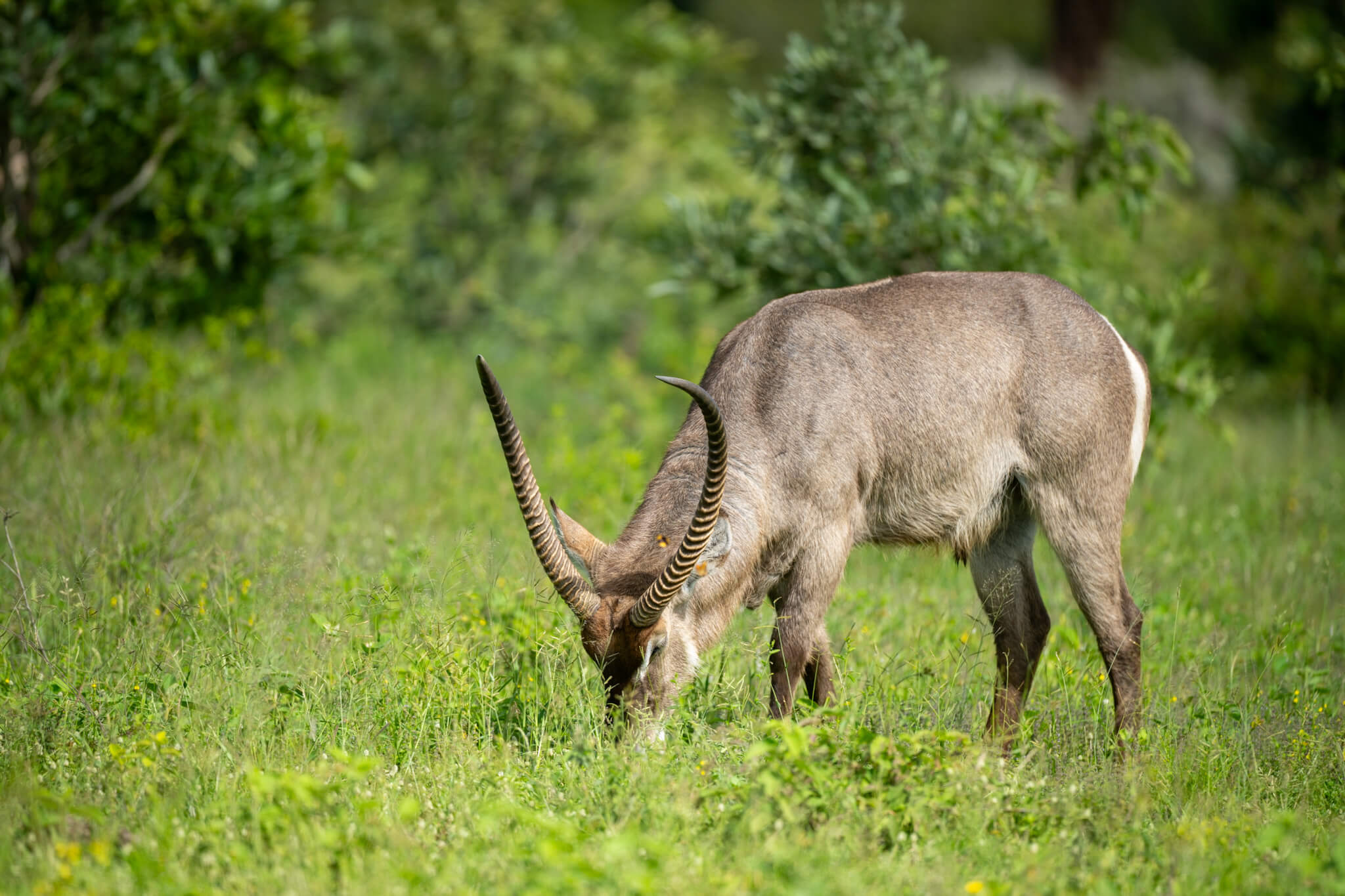

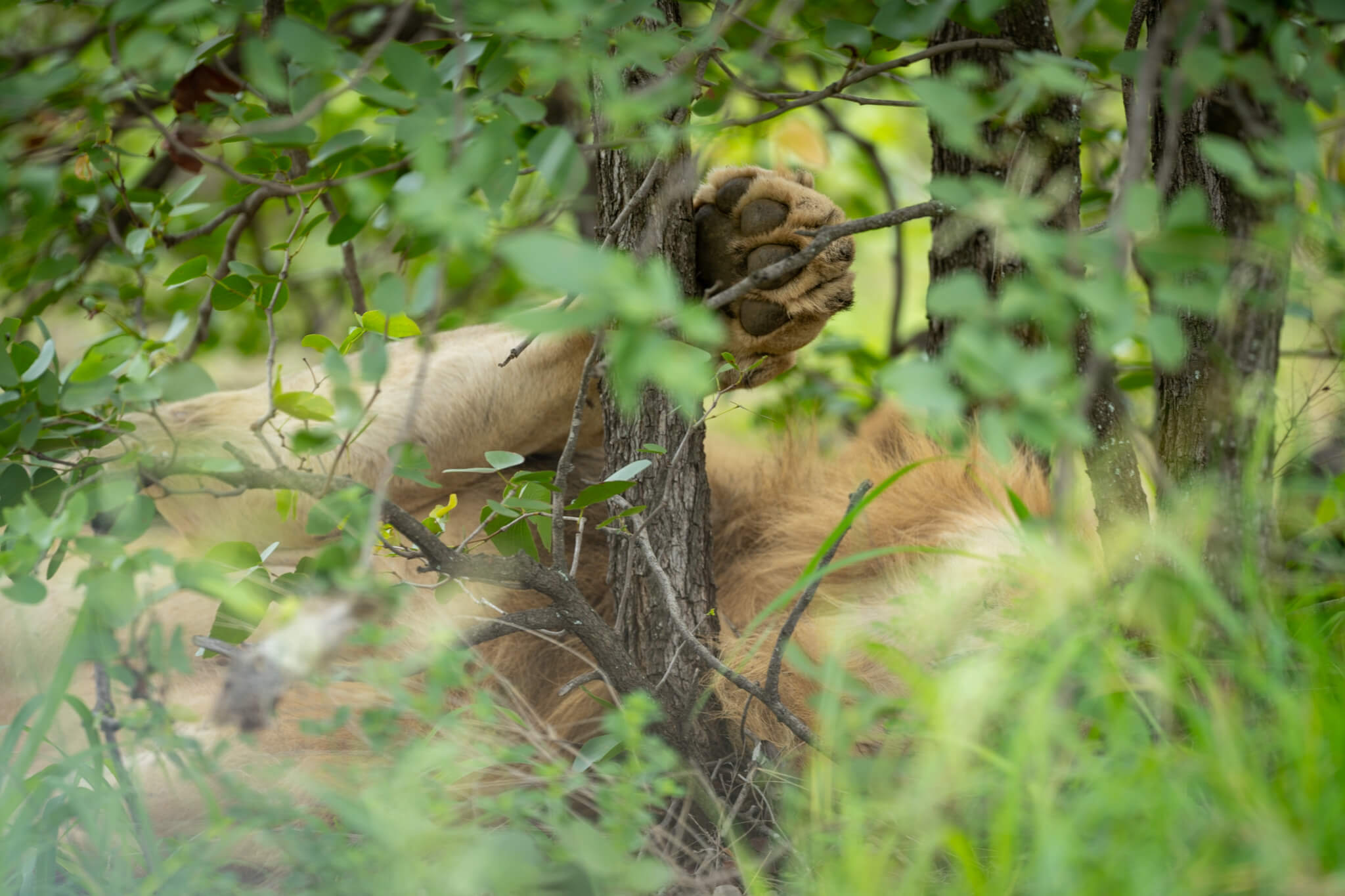
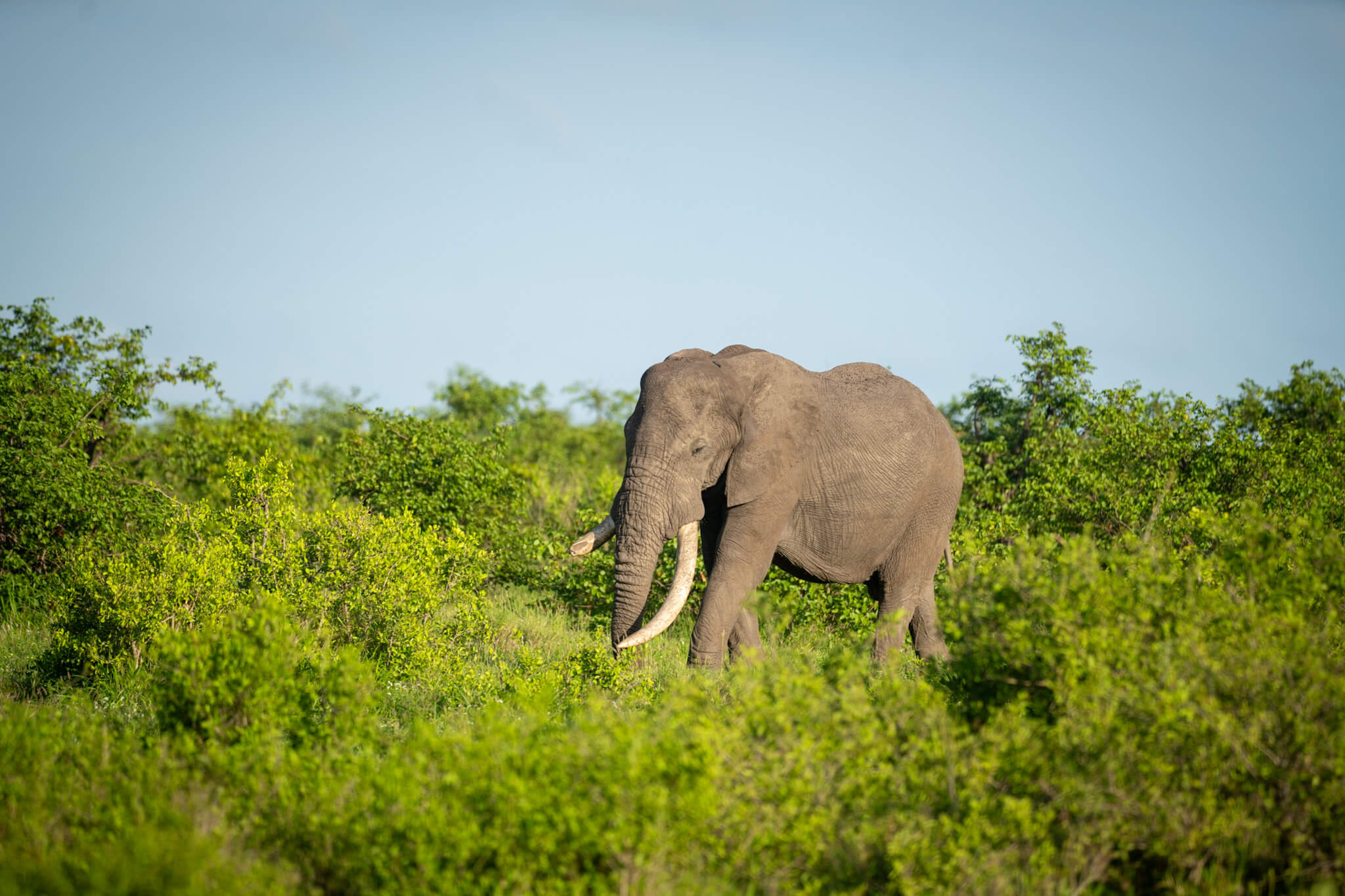
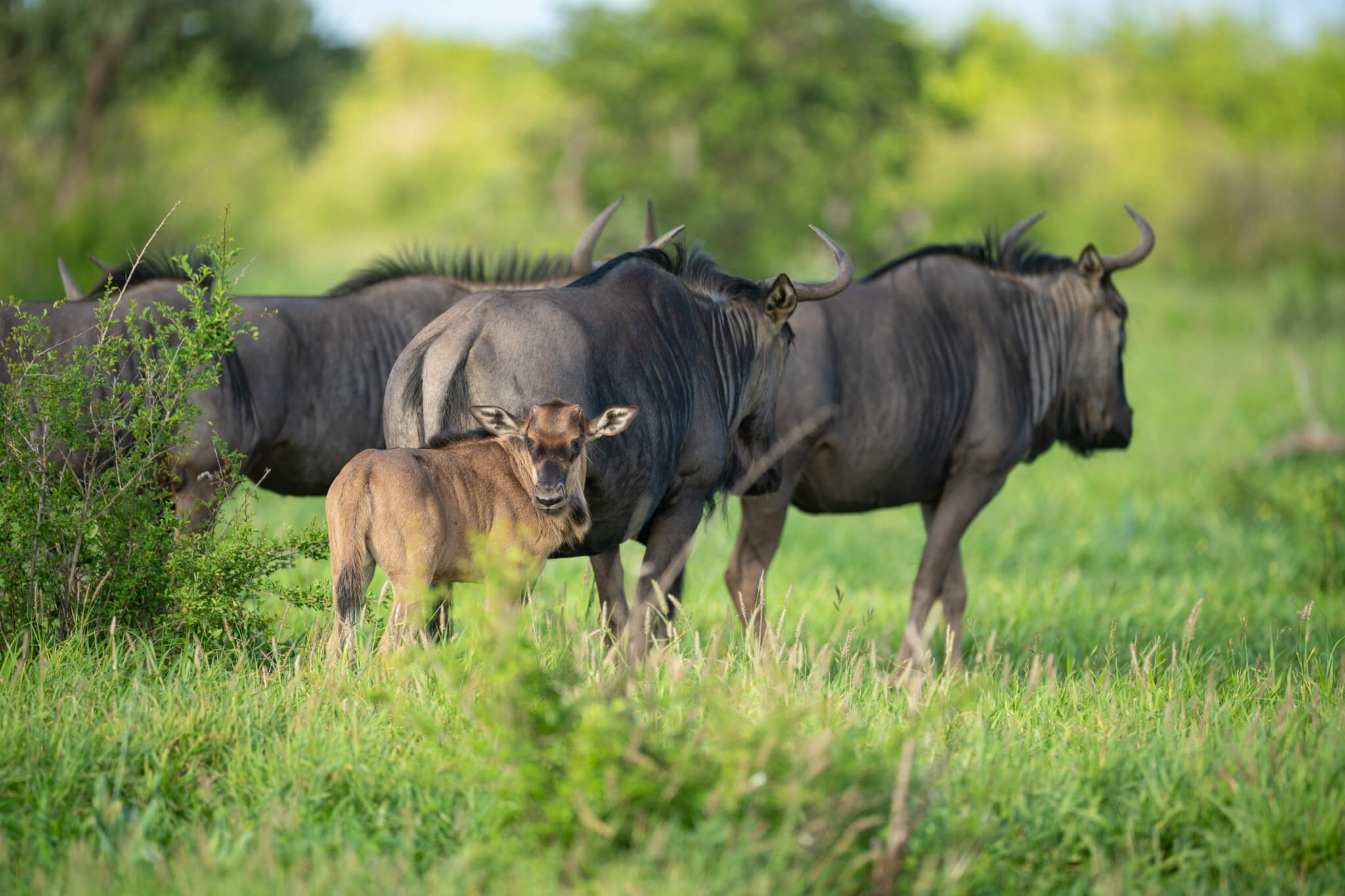
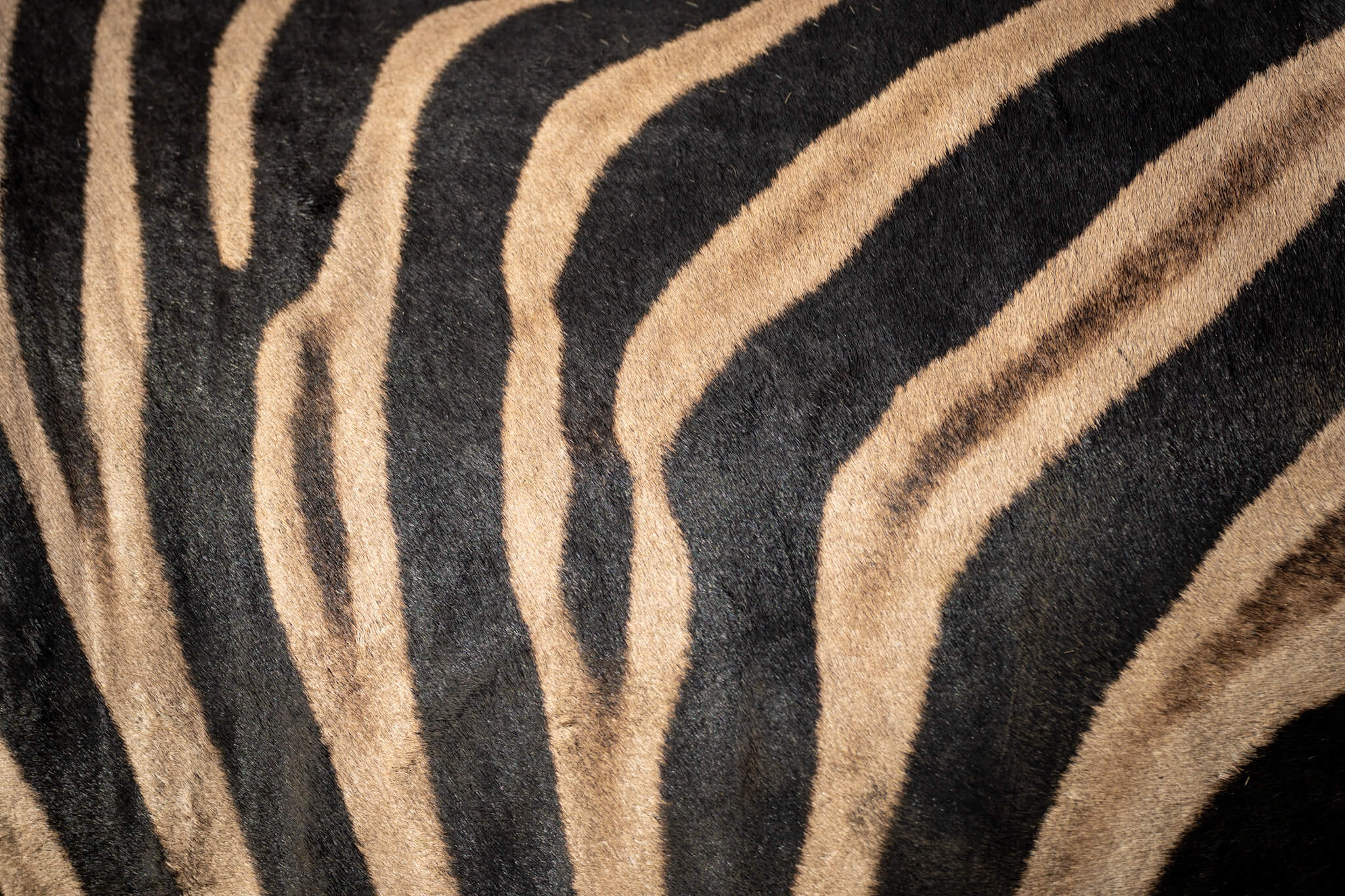
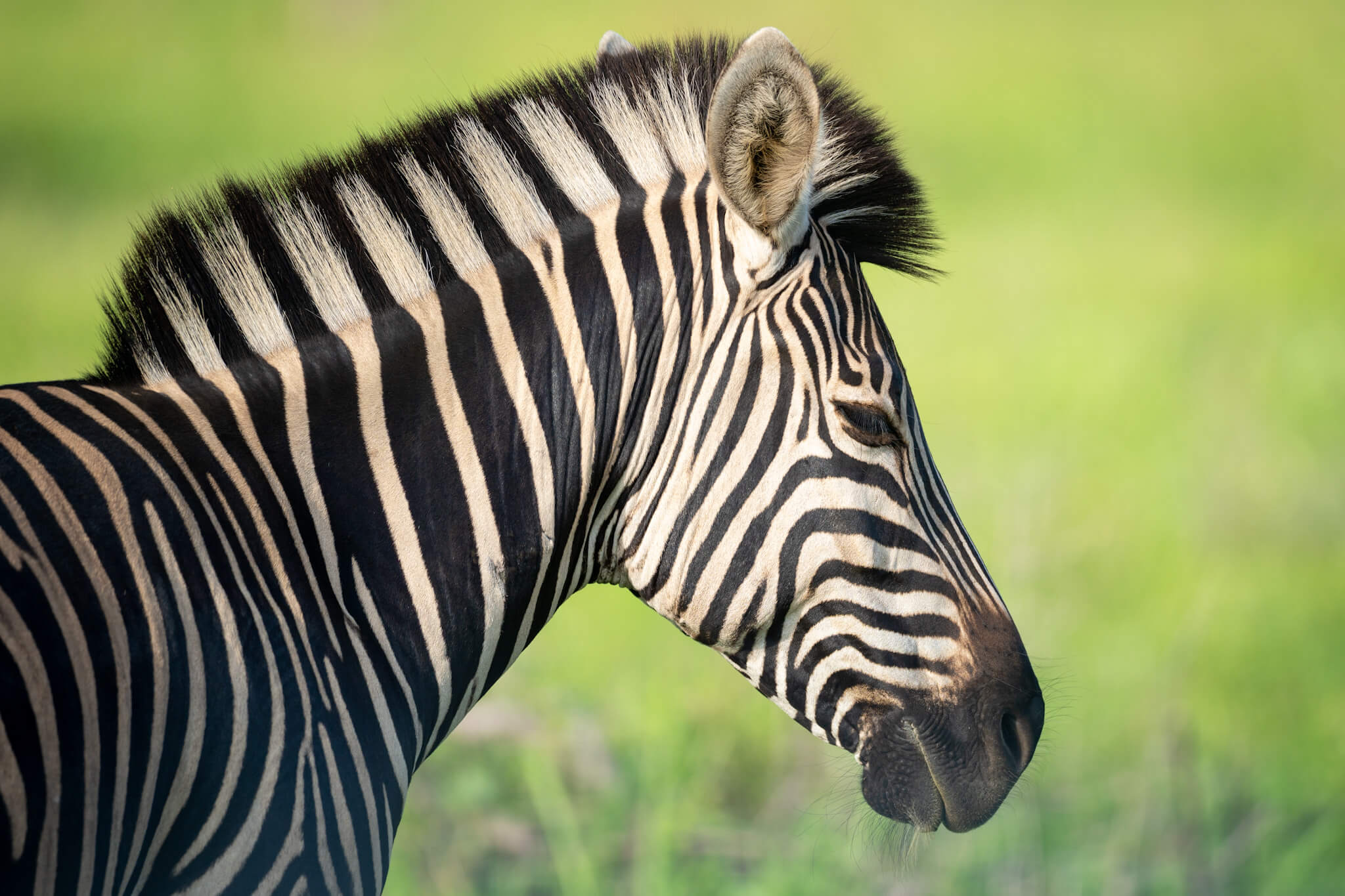

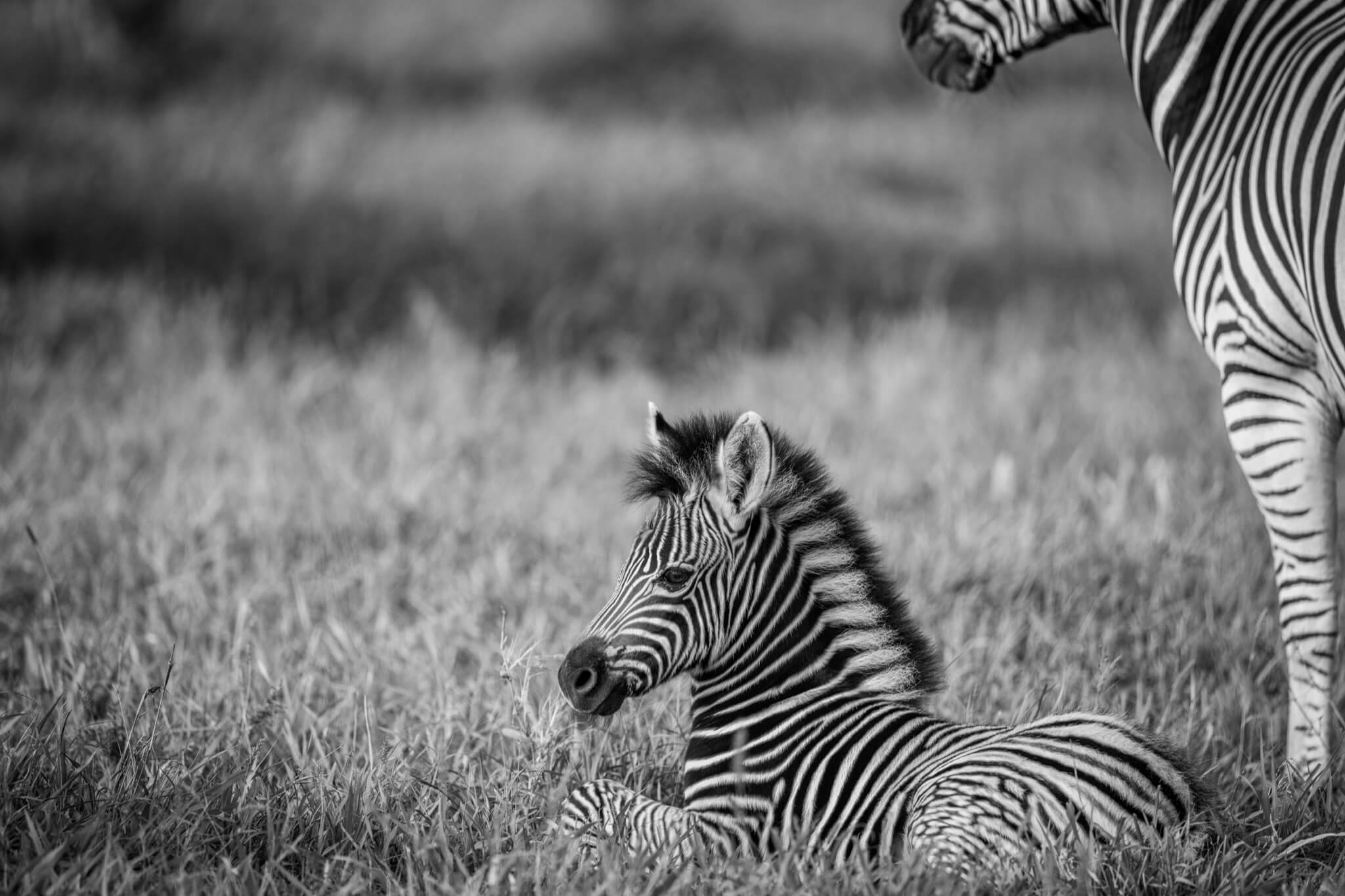
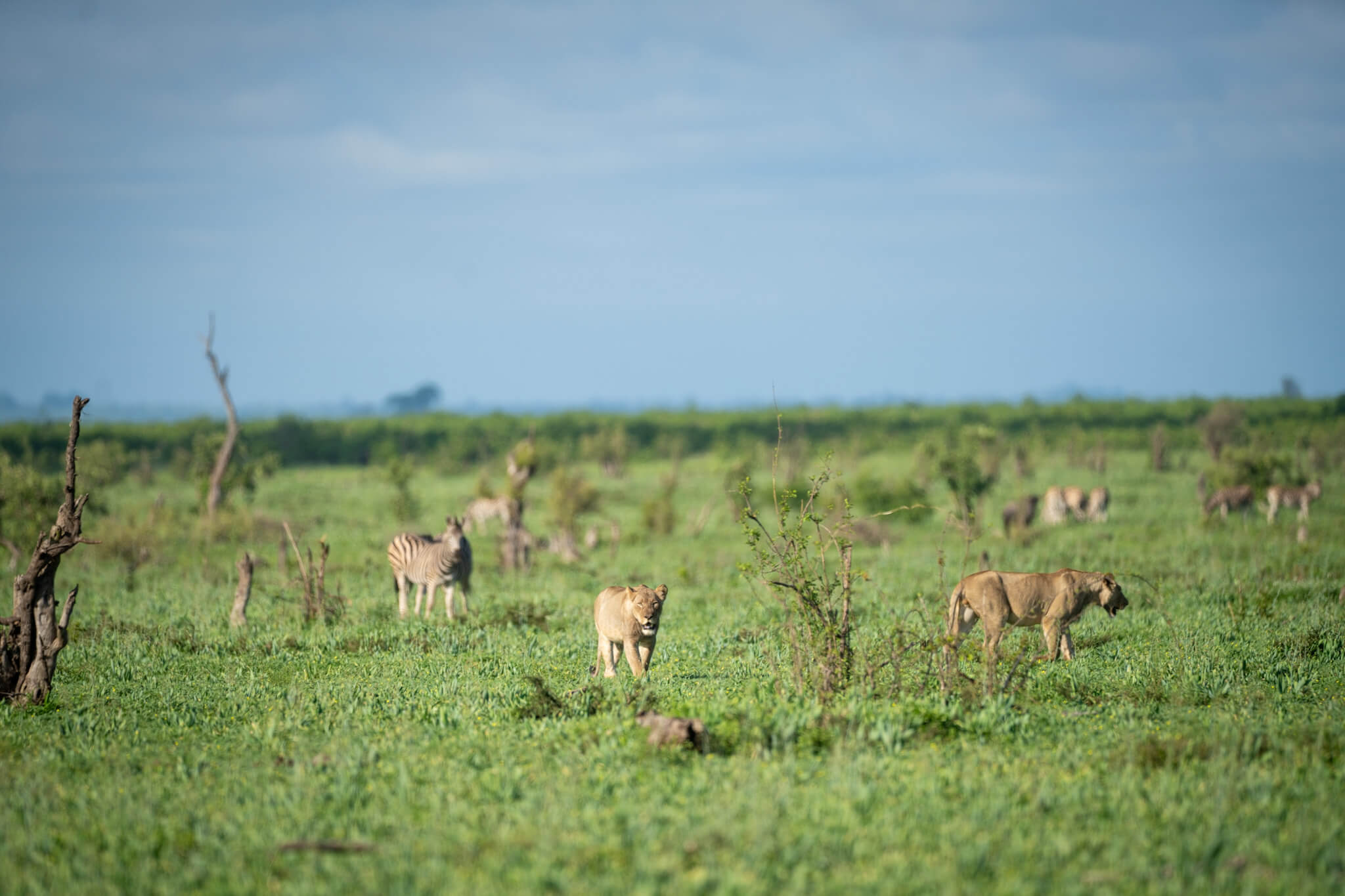
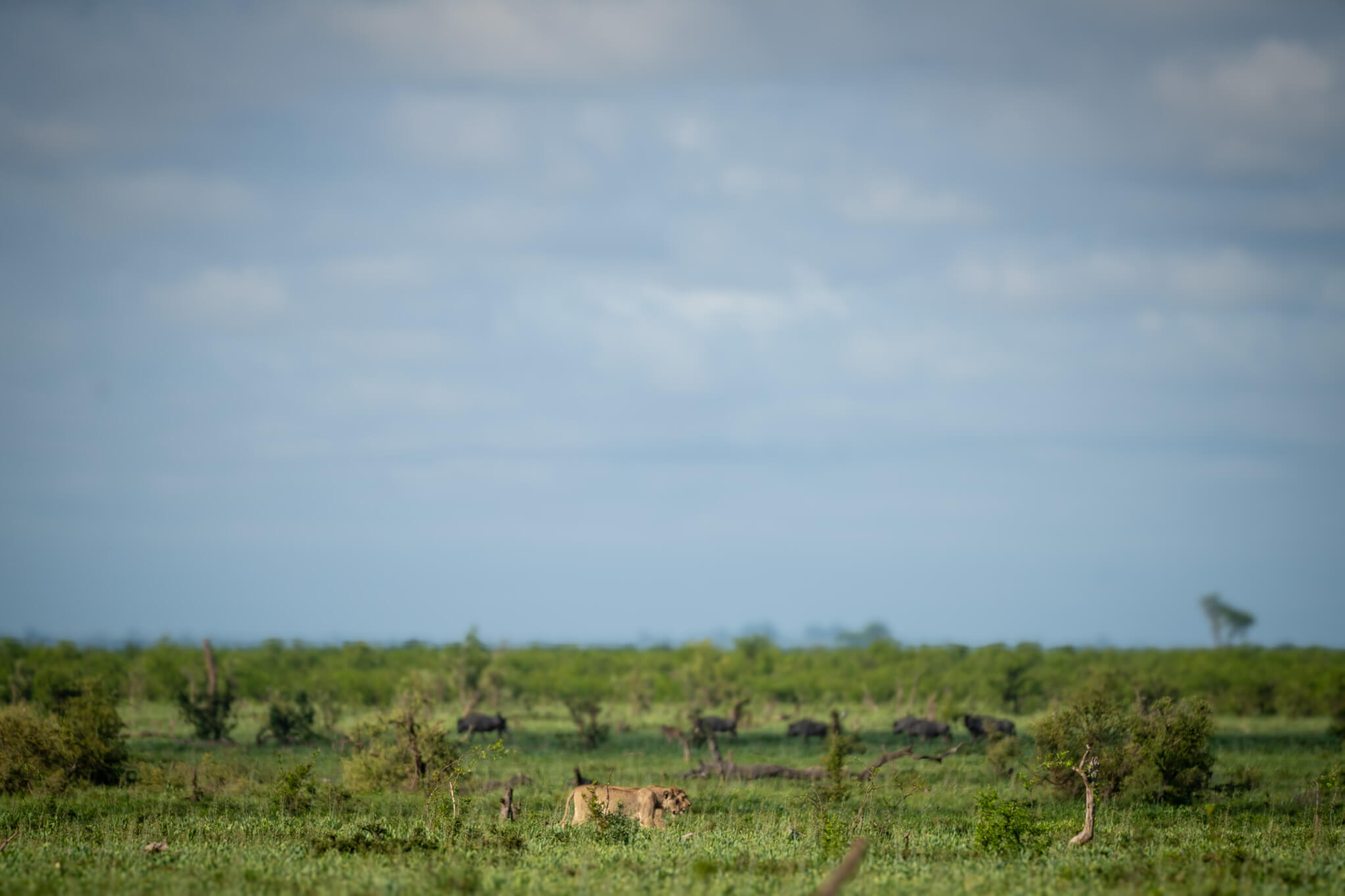

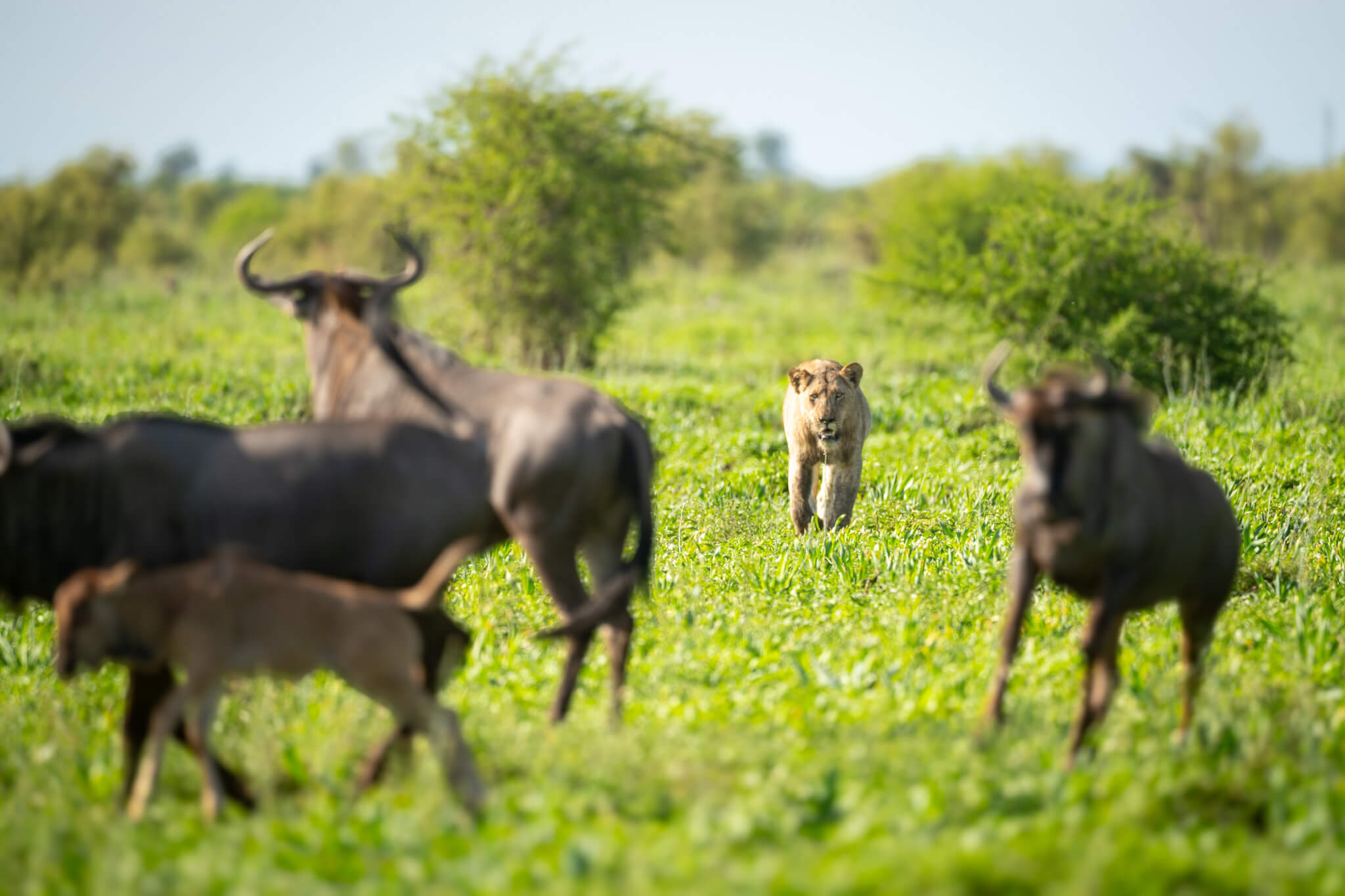
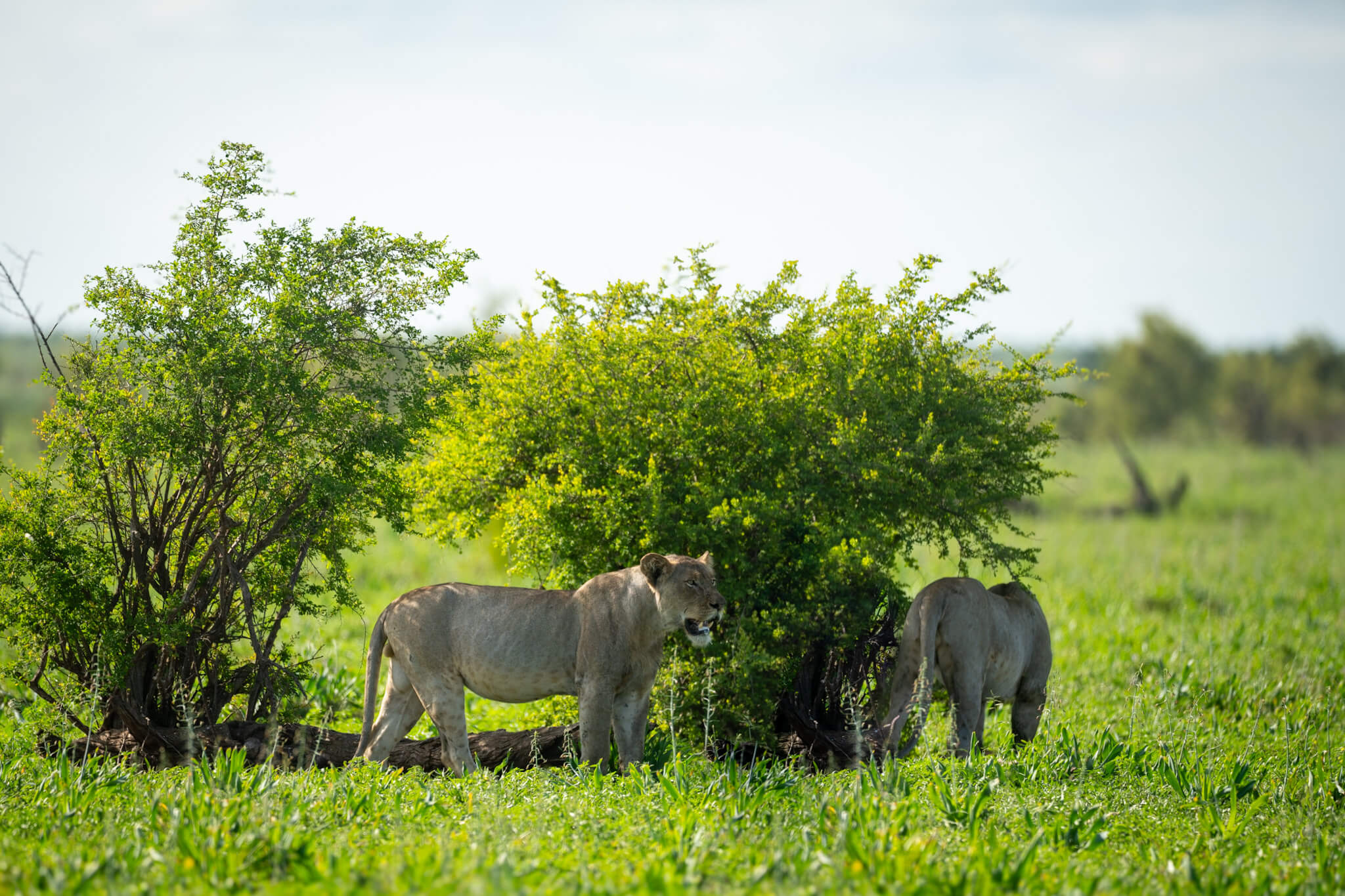
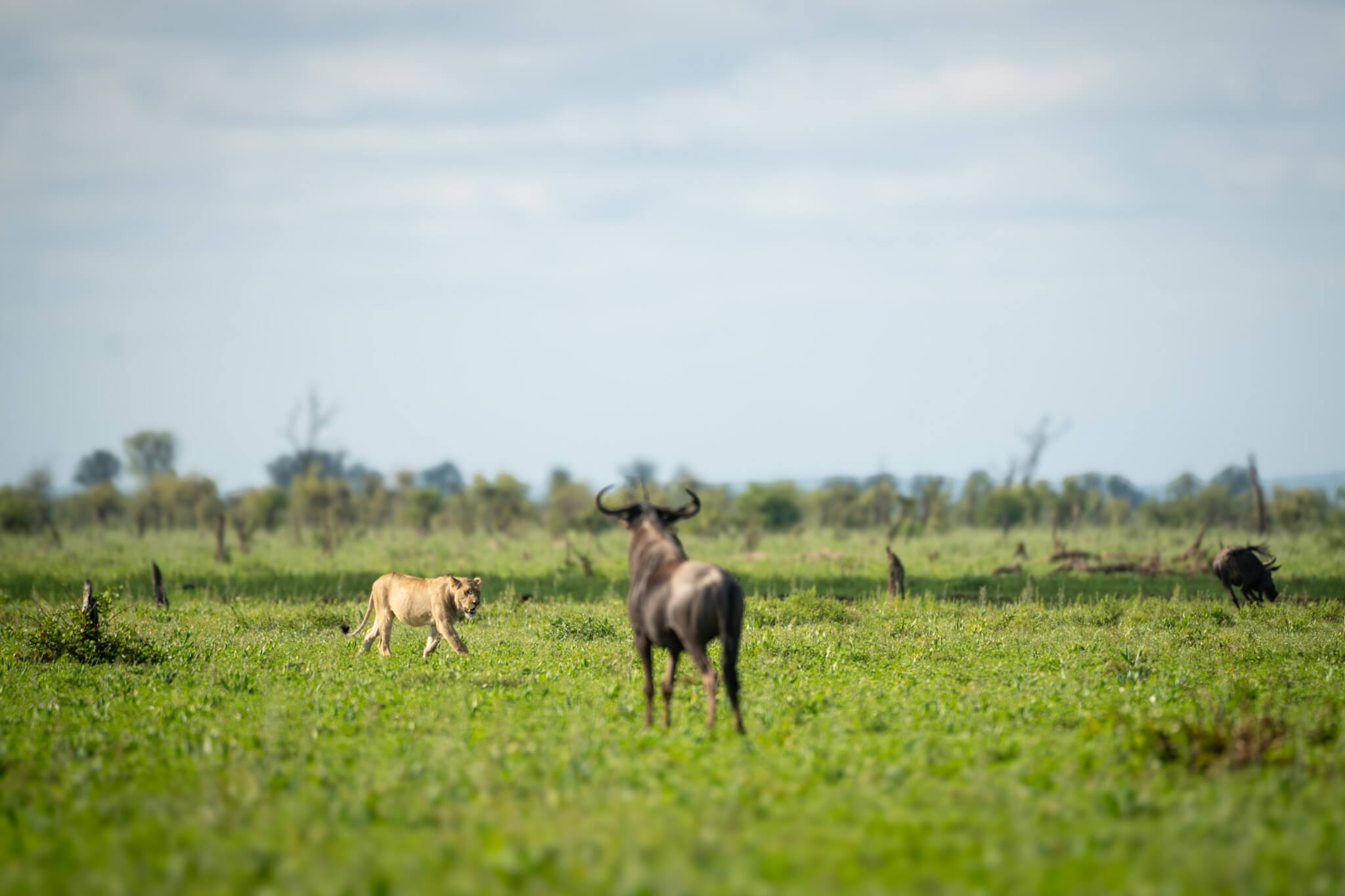
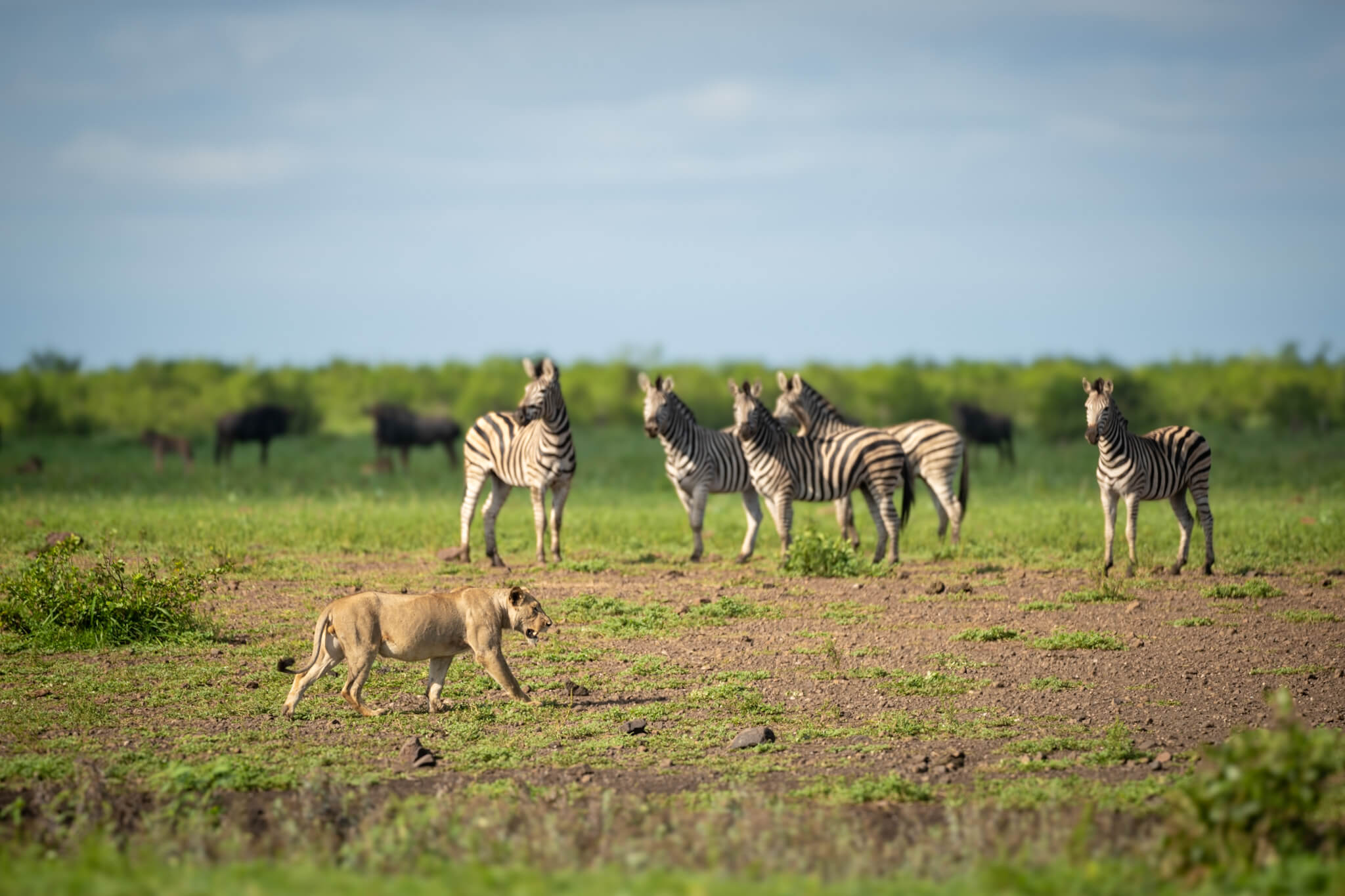
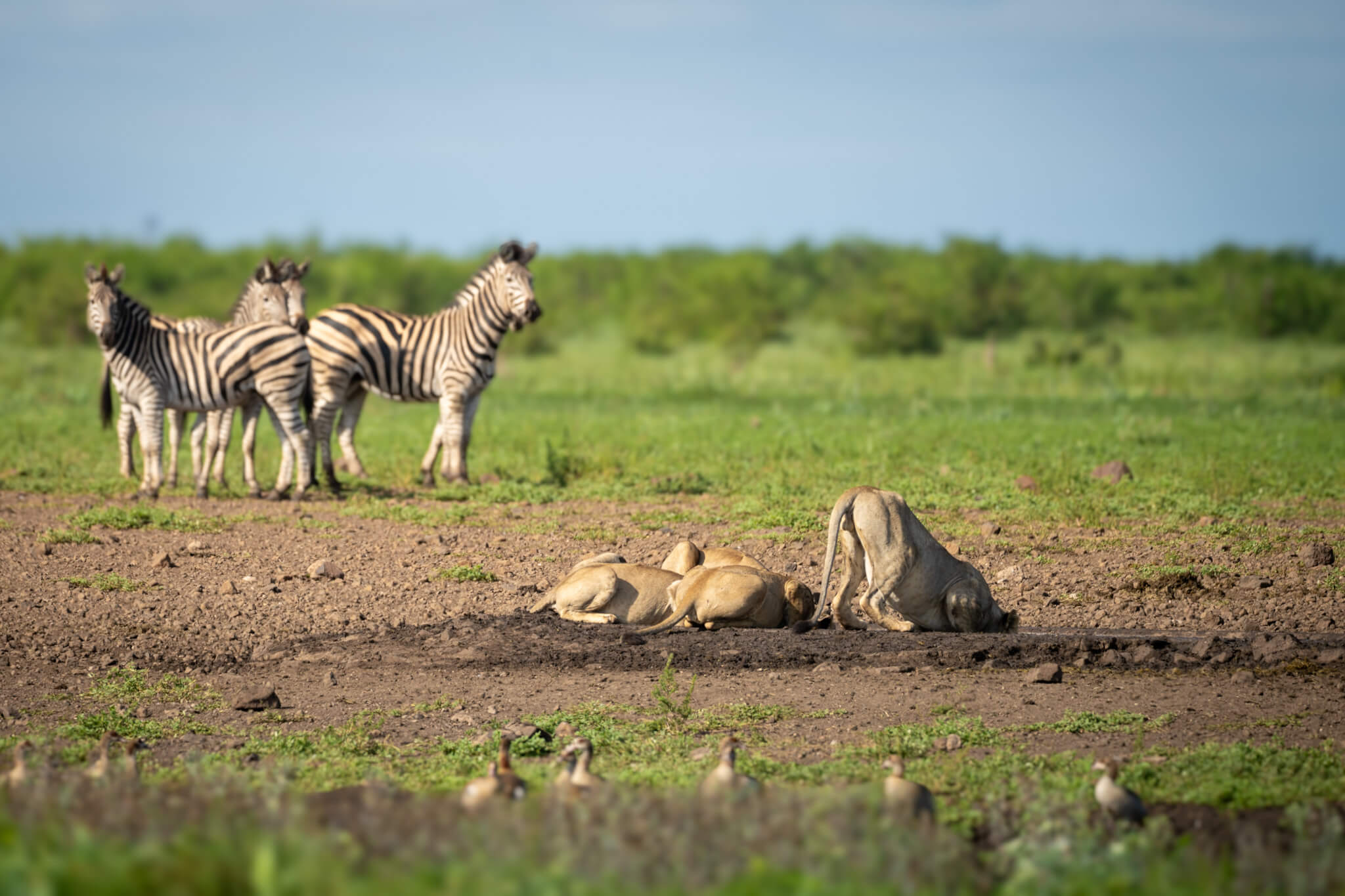
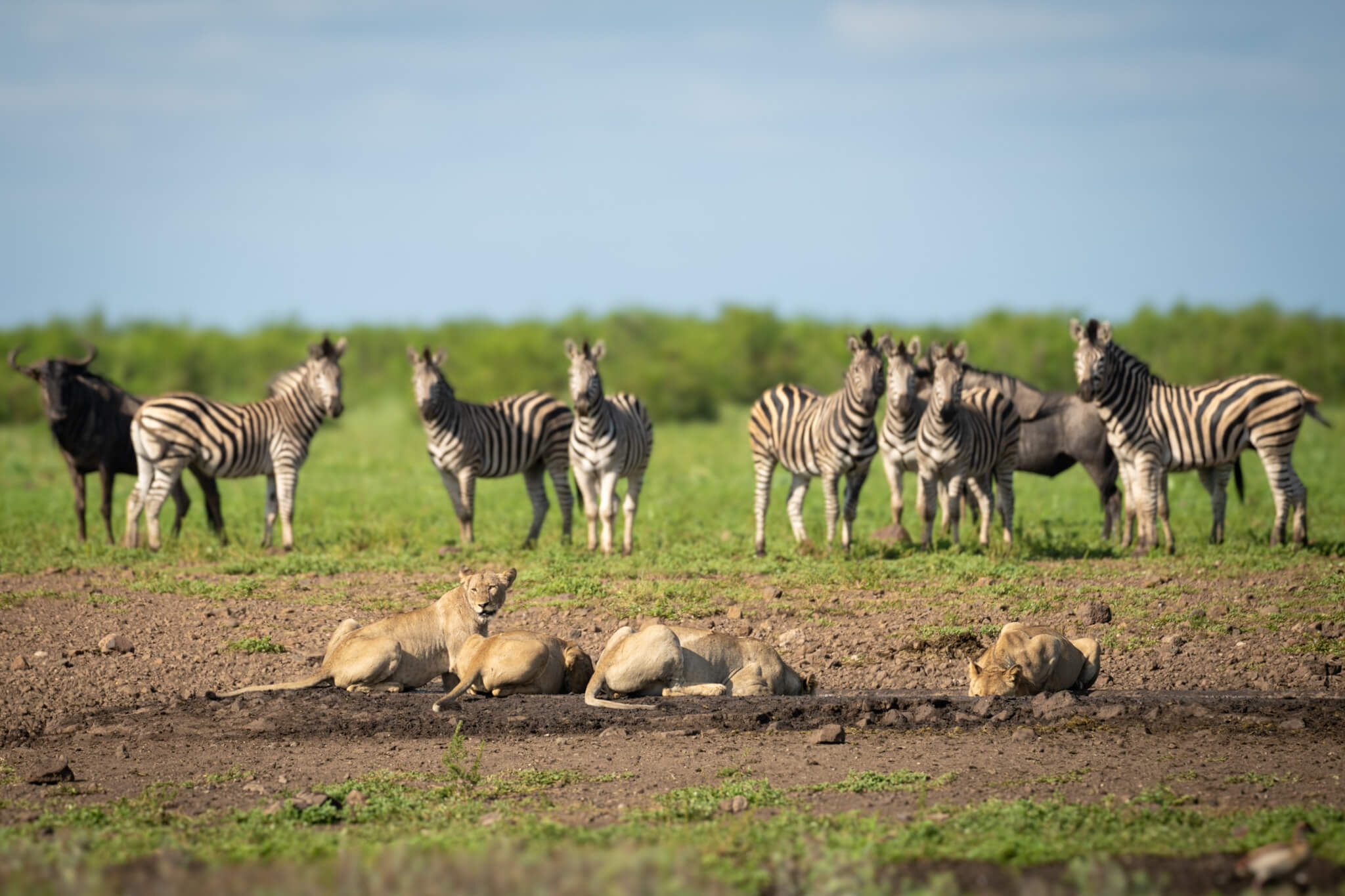
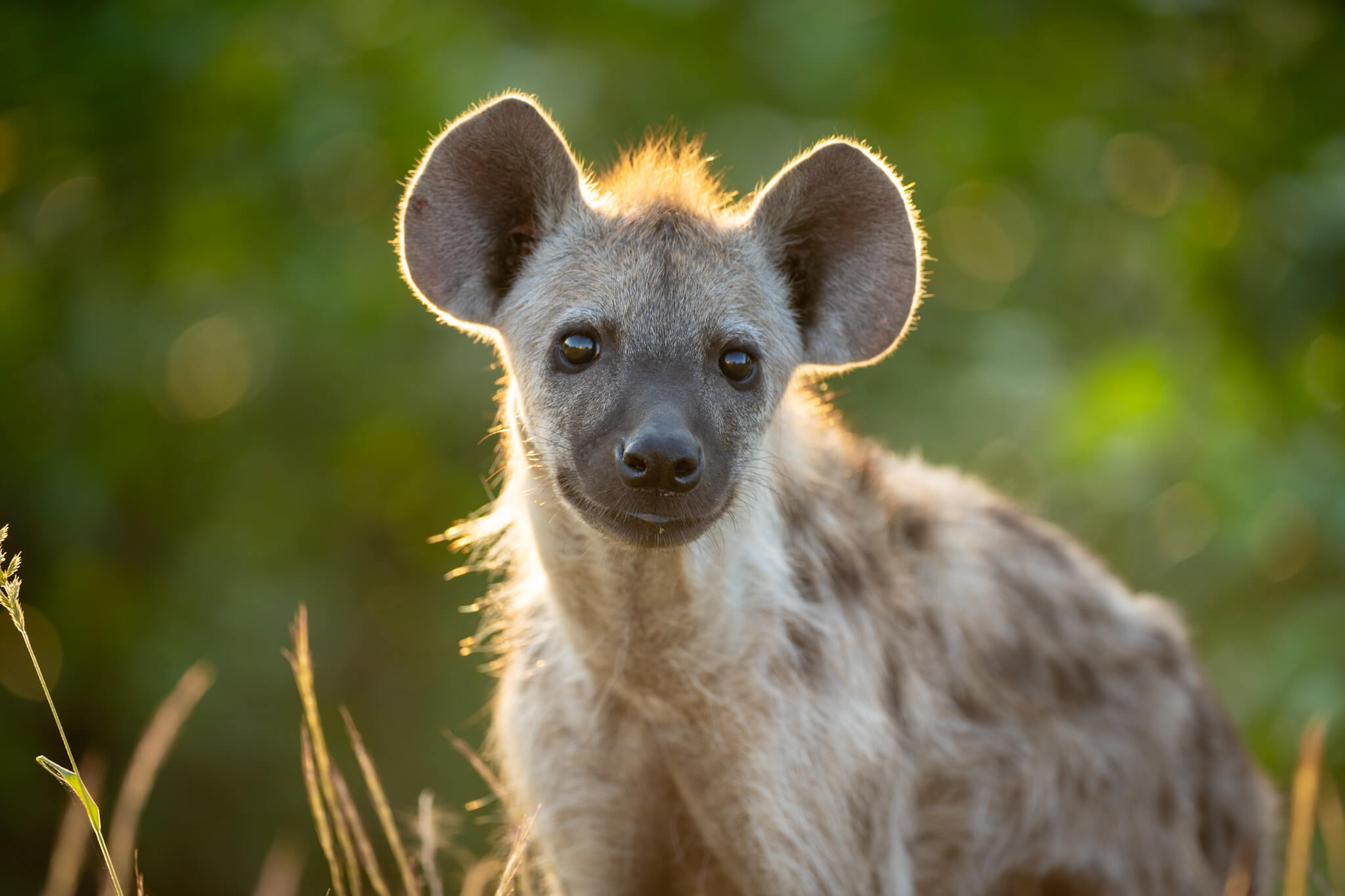
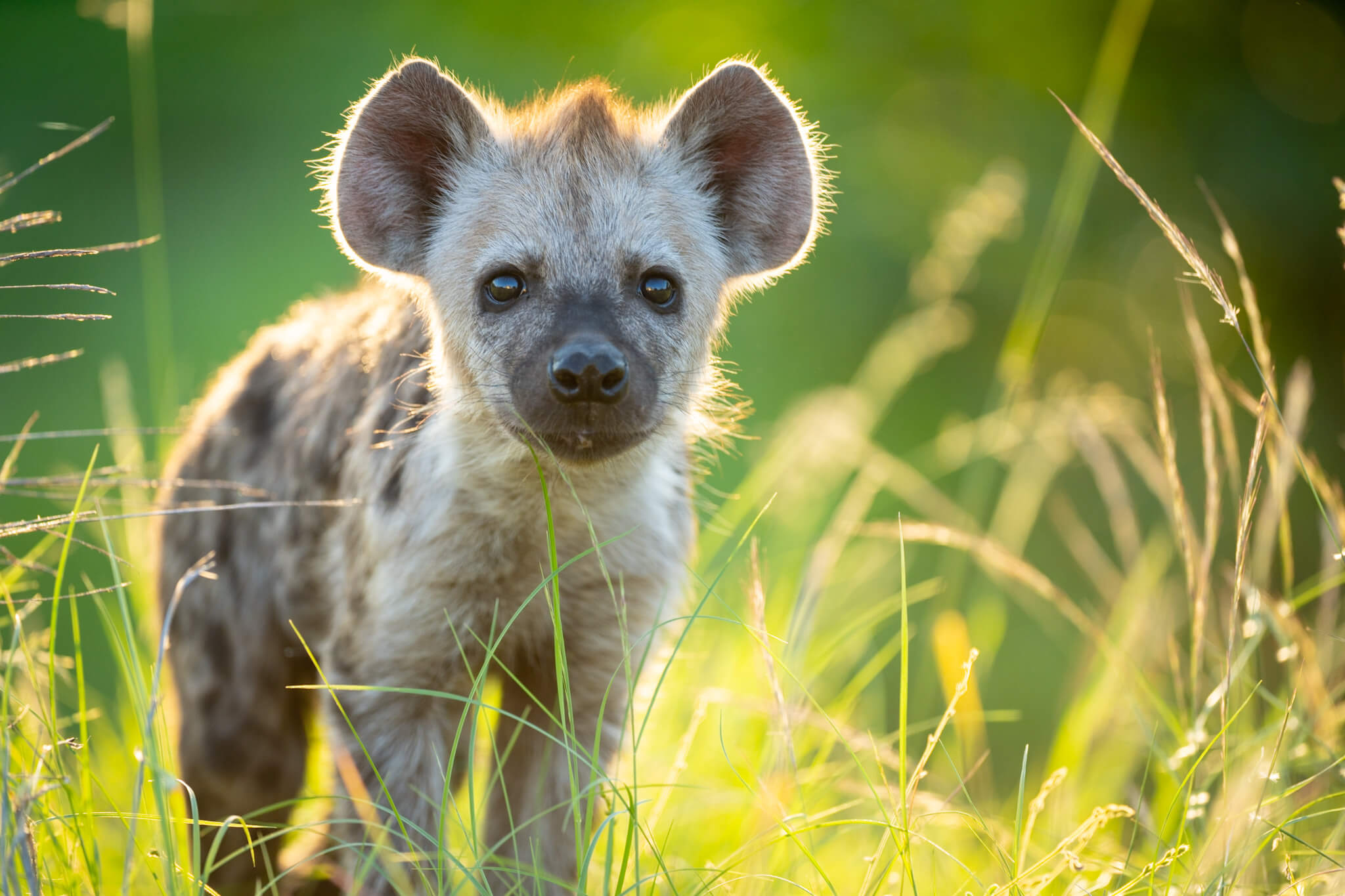
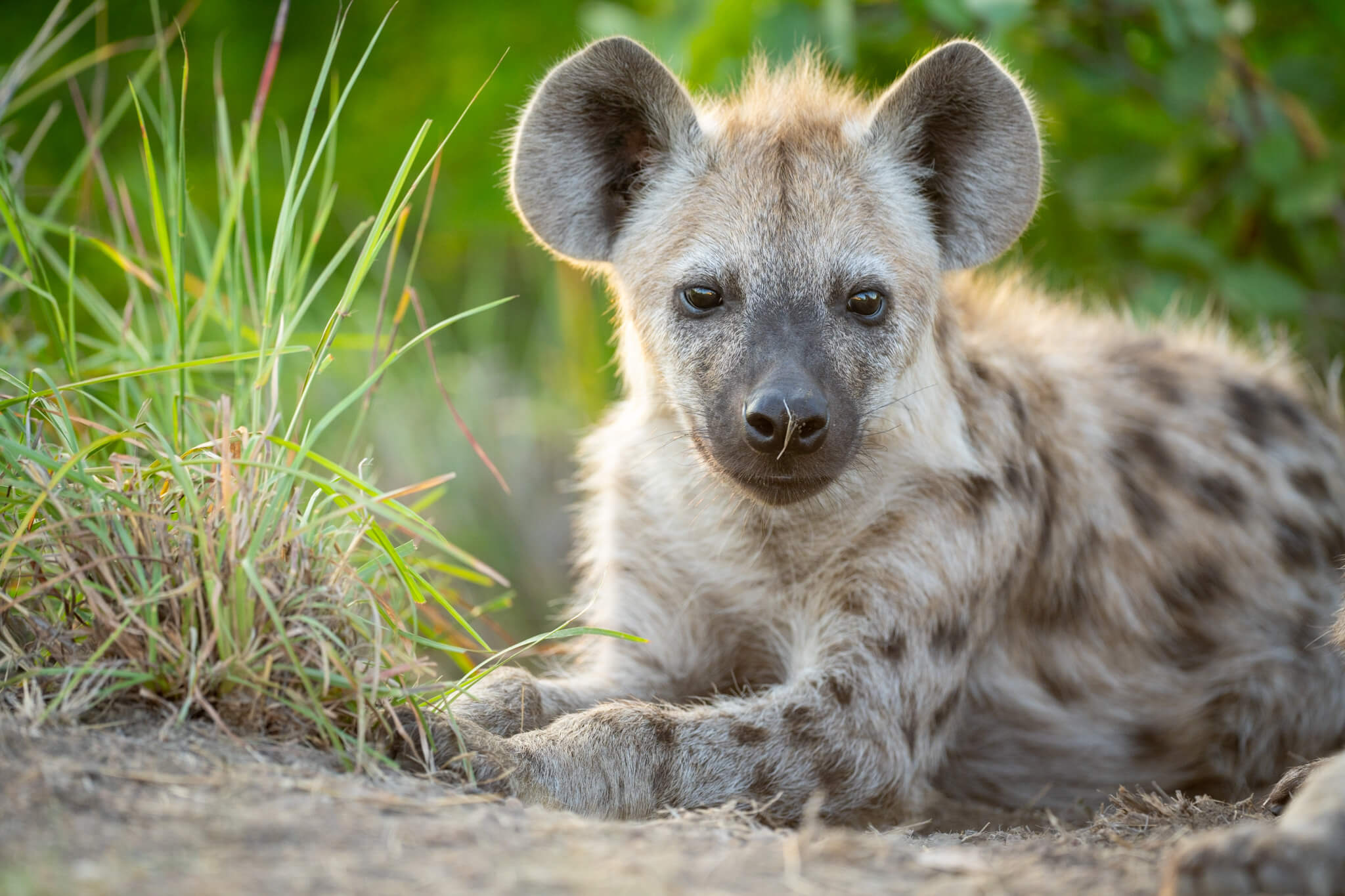

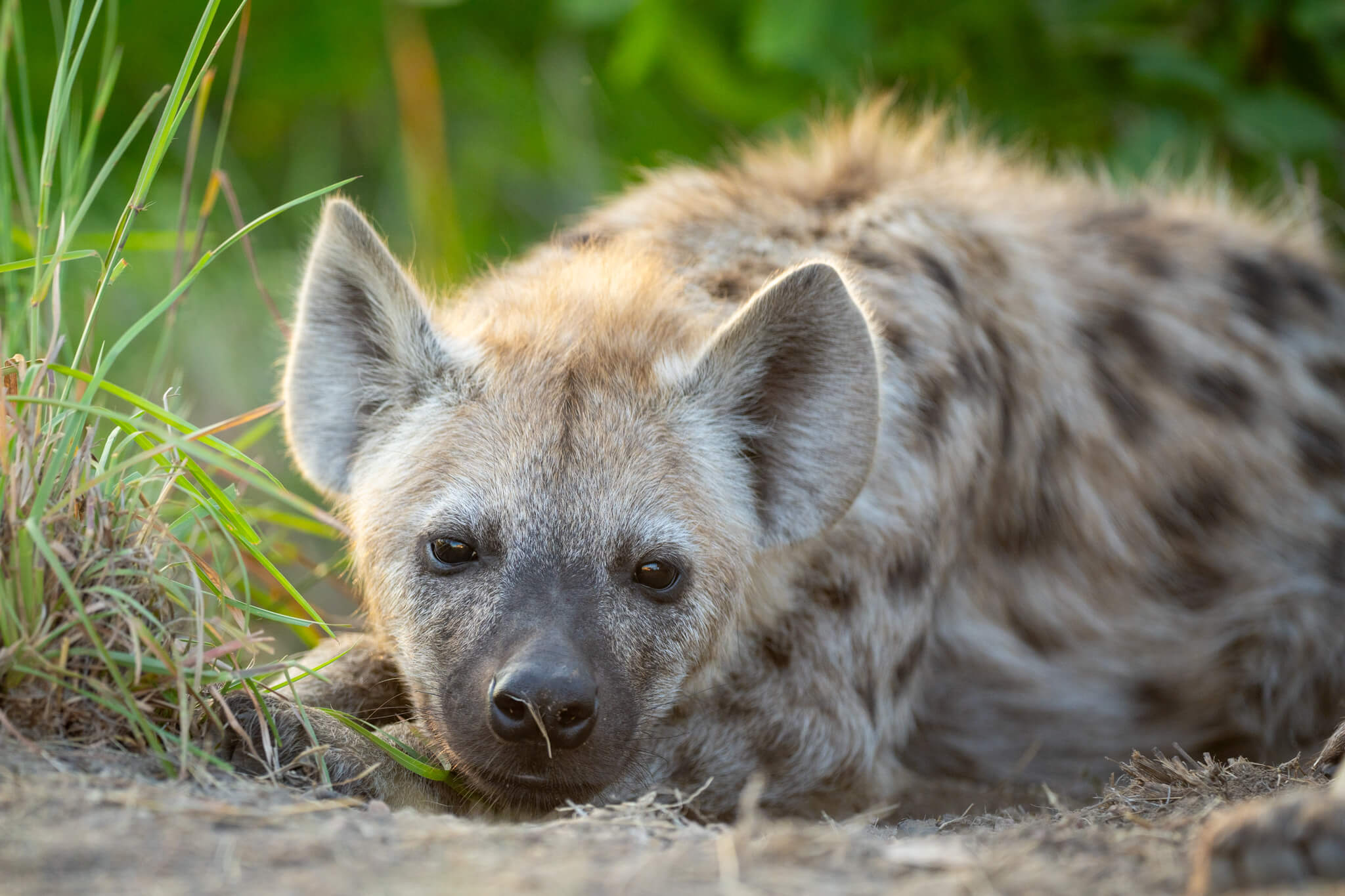
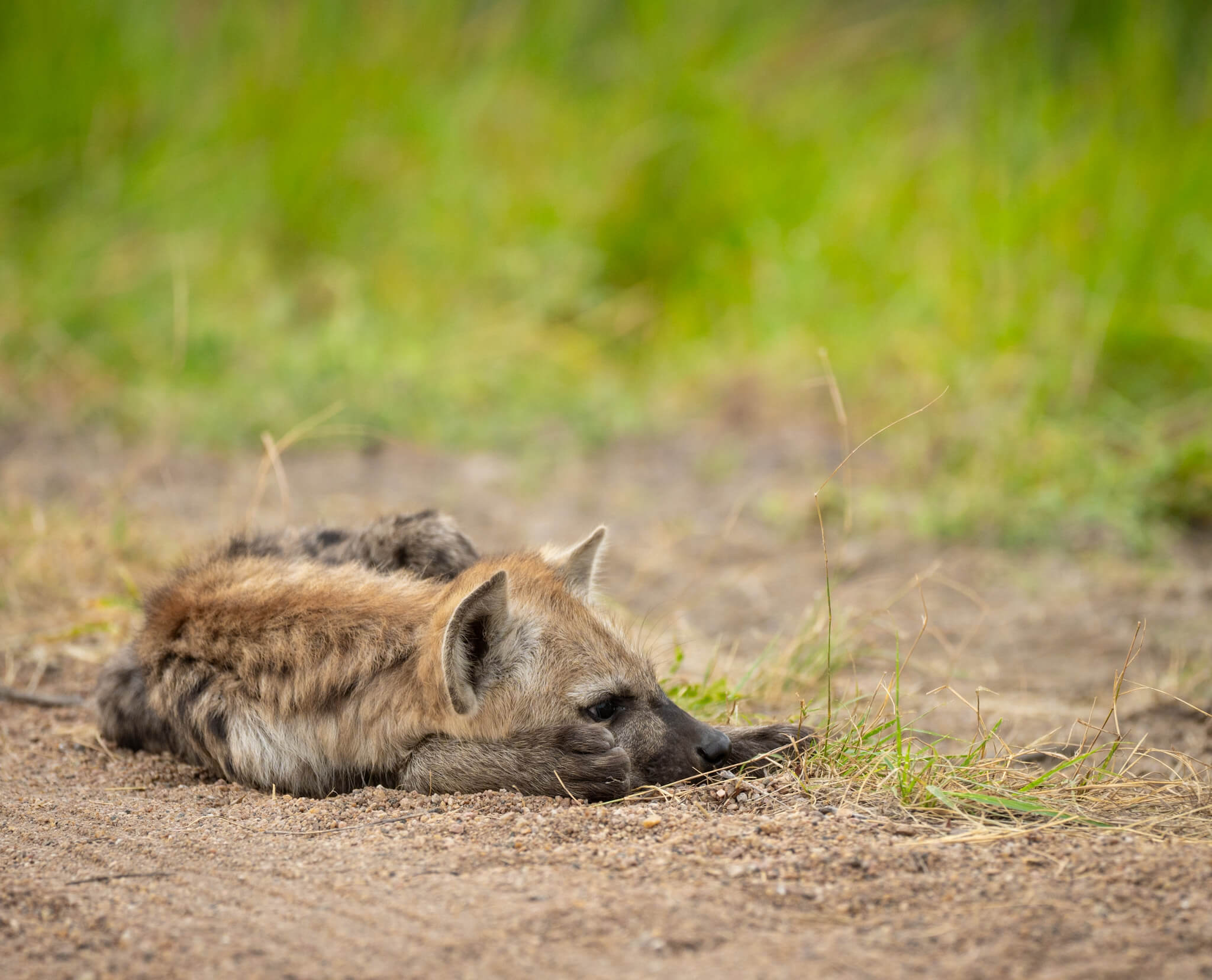
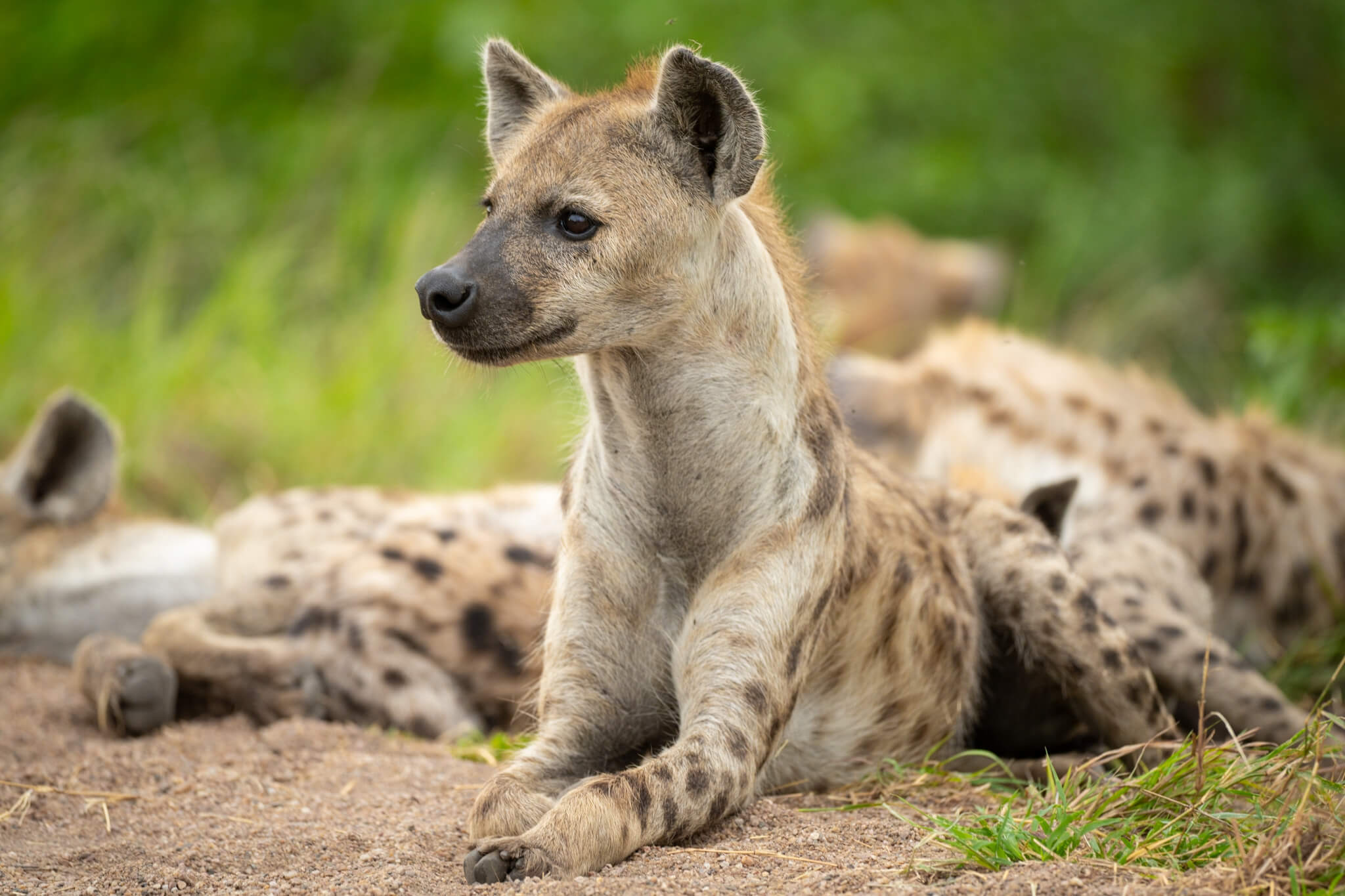
Hyenas are the highlight of this visit
On the way to Punda Maria, our last stop in Kruger National Park, we were lucky enough to spot another hyena with its cubs. We first spotted them on the side of the main road and were then able to watch them for about half an hour without another vehicle driving past. These cubs were still small and very young. We could watch the interaction for hours without getting bored. Unfortunately, the weather didn’t cooperate, so after a while we made our way to Punda Maria.
Here it started to pour like buckets and the puddles turned into small streams. We quickly decided to make our way to Namibia the next morning and not to extend our journey again. The animals are hiding in the bush and the camp is not so appealing that we felt we absolutely had to stay there any longer. The toilets and showers in particular are in urgent need of maintenance.
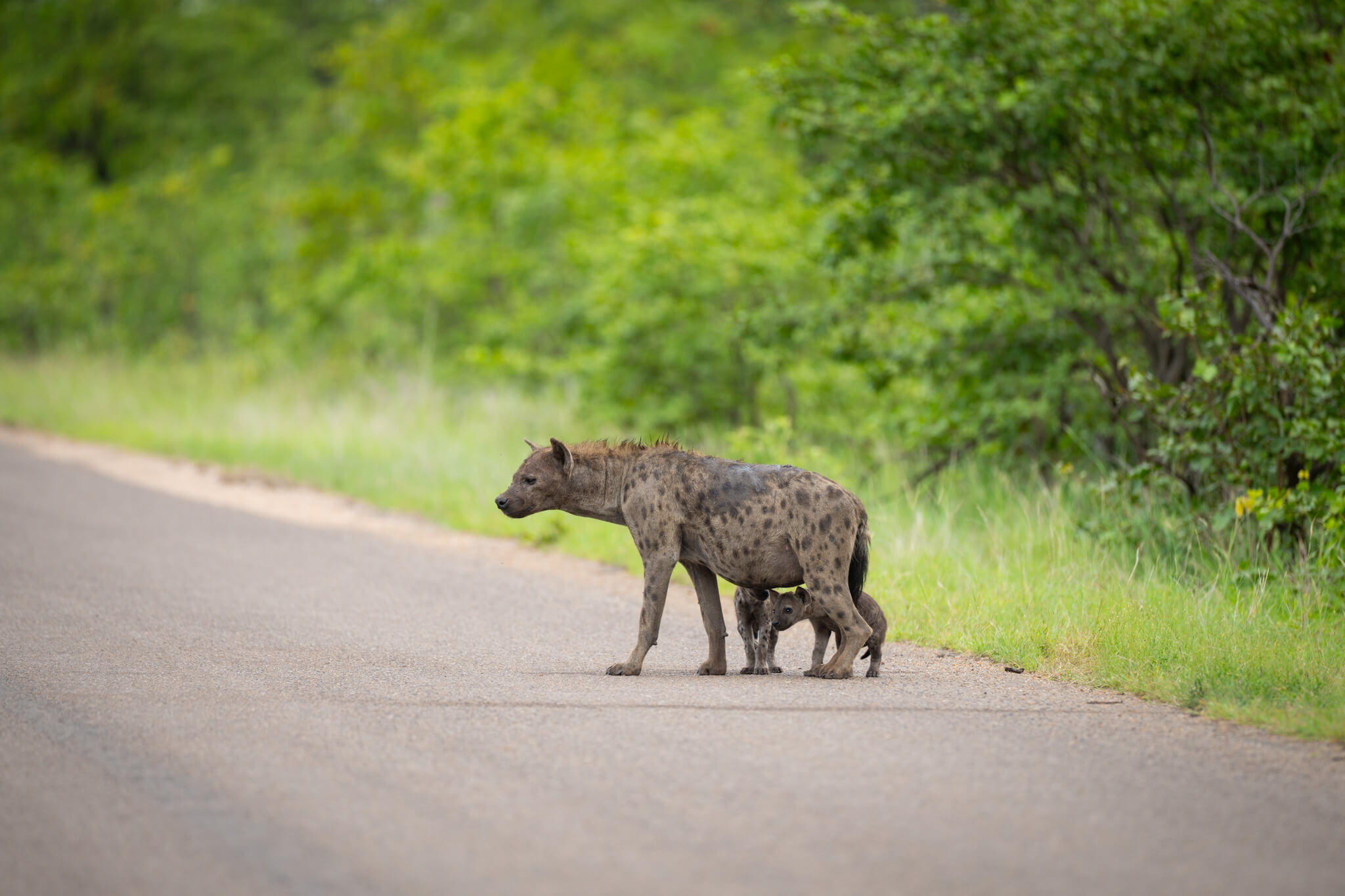
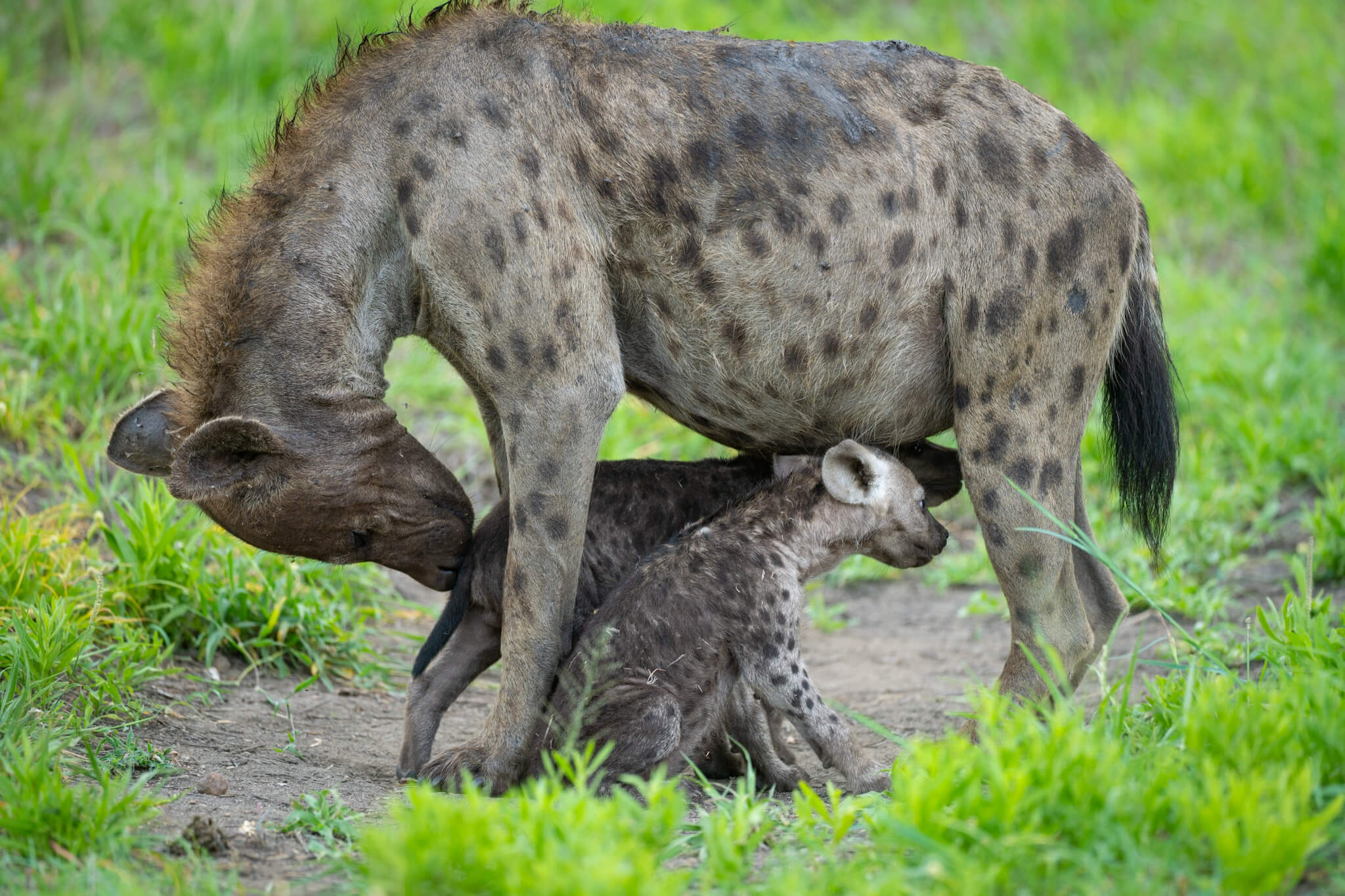


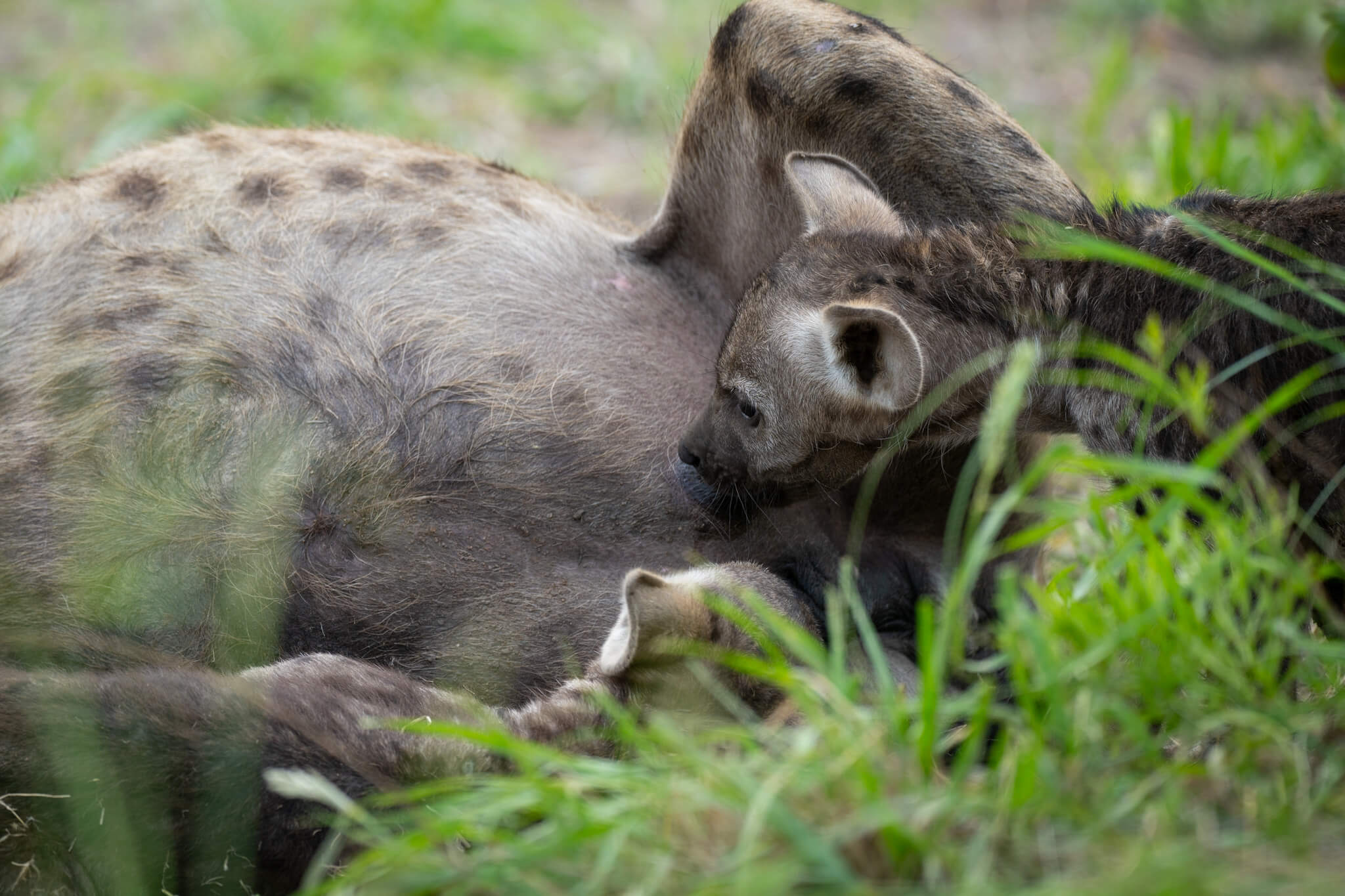
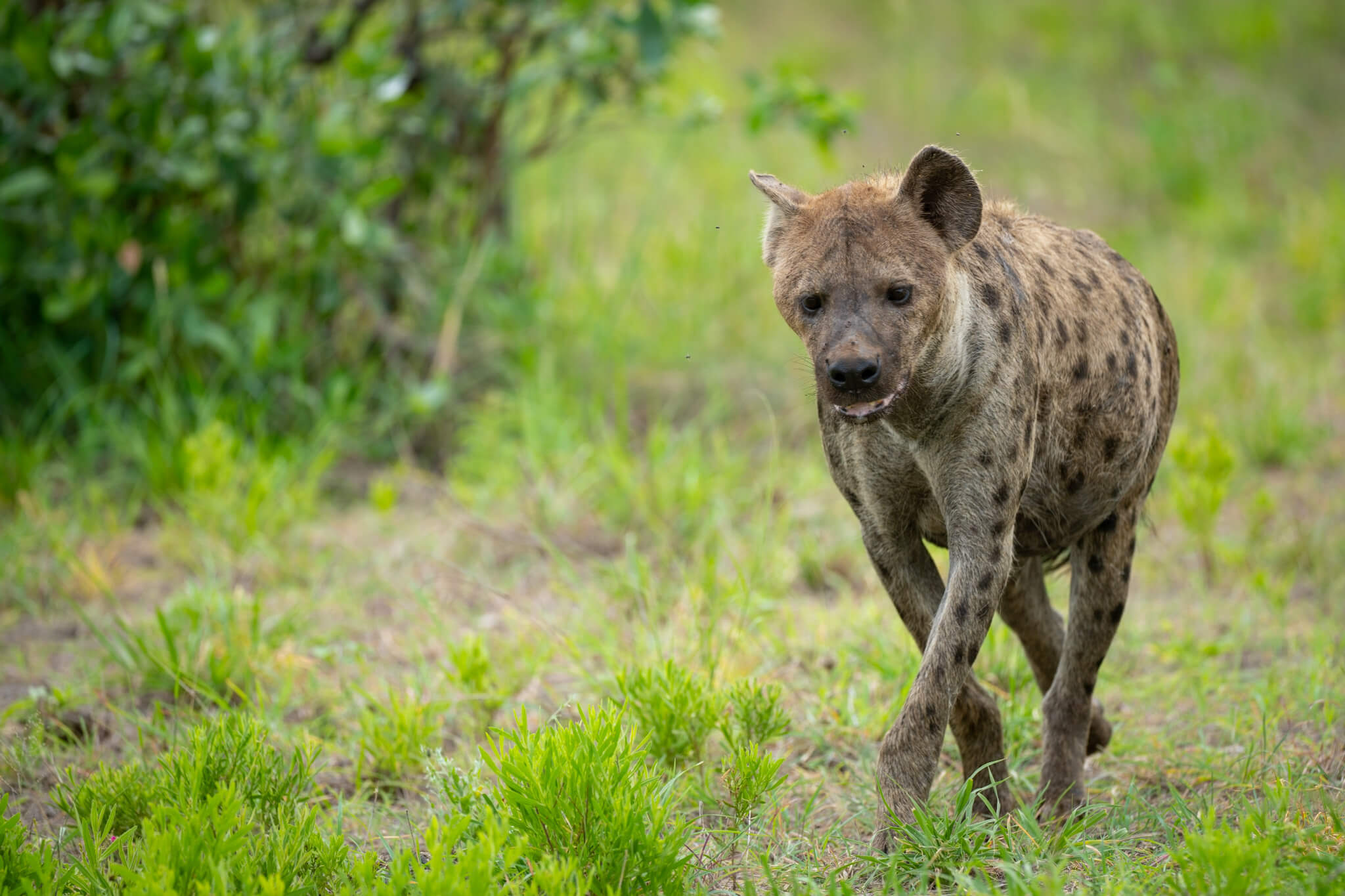
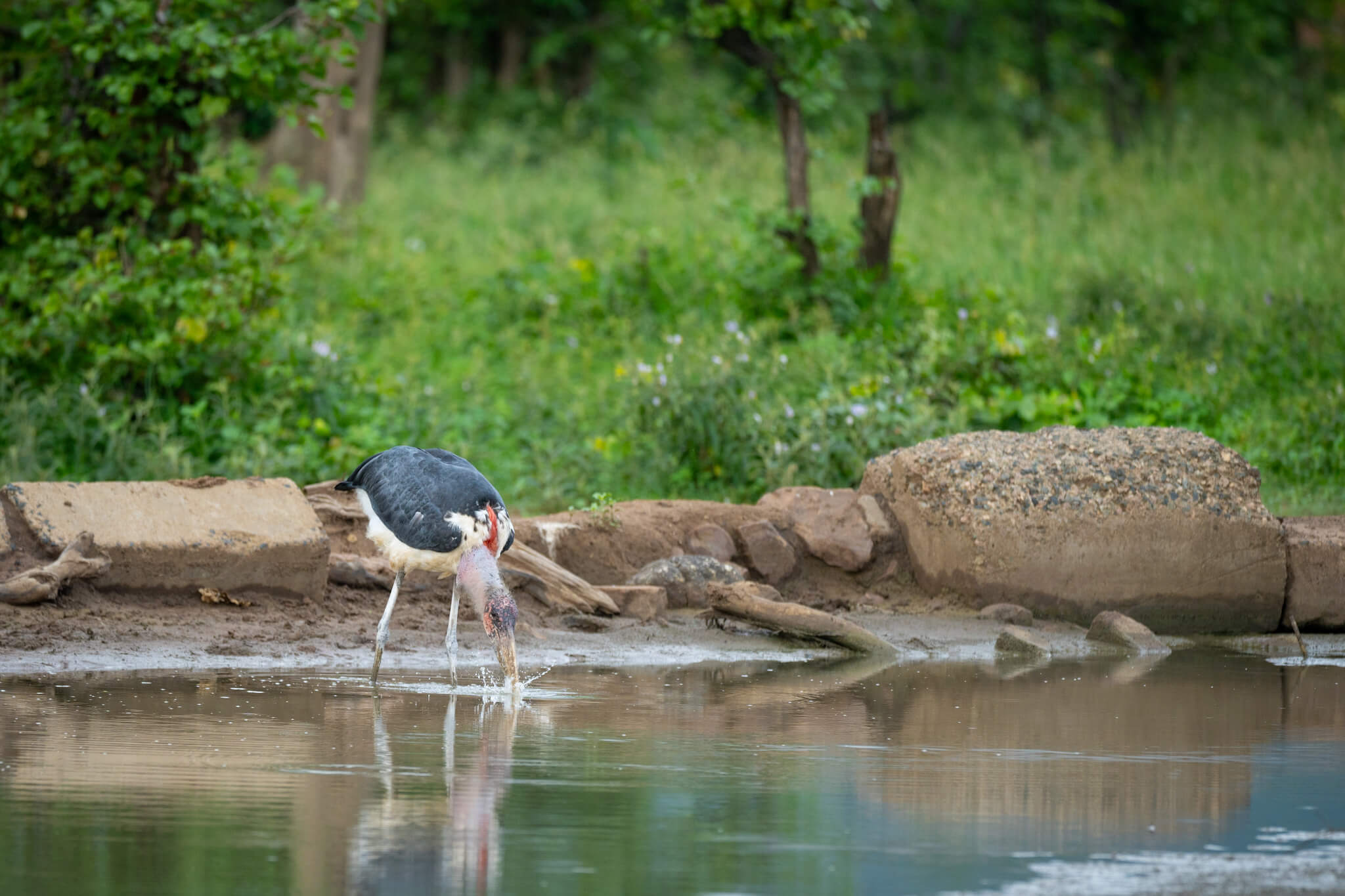
Service for the donkey in Louis Trichardt and the end of the world in Botswana
We left the park via the Punda Maria Gate and drove back to Al and Gail in Louis Trichardt. There the Donkey received its next major service (60,000 km) and we relaxed for three days on Zvakanaka. In a new article, we take stock of the vehicle after the first 60,000 km driven with the cabin. Due to the miserable weather, we buried our plans and thoughts of spending a few more days in Botswana. On the way to Nata – we used the border at Platjan again – visibility was sometimes less than 20 meters.
The downpours were enormous and Guido had to concentrate very hard to arrive at Planet Baobab without any accidents. A campsite awaited us there, which was constantly about 20 cm under water. We had never experienced anything like this before. After another night near Ganzhi, we crossed the border into Namibia without any problems or rain and ended our Mozambique trip after around 7,300 kilometers.

